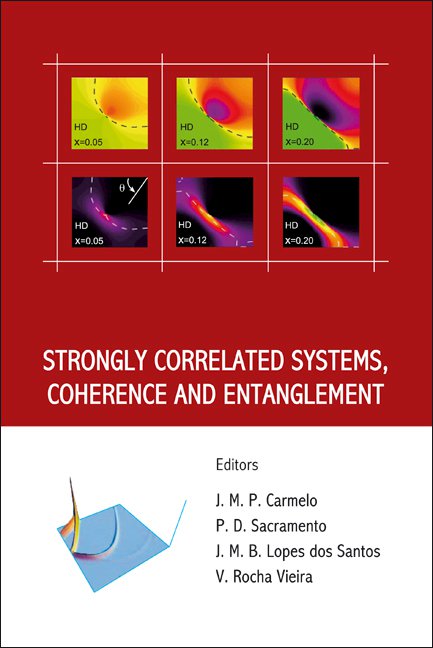Introduction of effective interactions in Real Space Renormalization Group techniques
It is tempting to apply the elegant proposal of the Real Space Renormalization Group (RSRG) method to the treatment of heavy fermion lattices. The method proceeds through the definition of blocks and a truncation of the Hilbert space to products of the lowest eigenstates of the blocks. As such the method is not accurate enough. A great improvement is obtained when one defines effective interactions (instead of the bare ones) between the products of the selected block eigenstates. These effective interactions are obtained from the exact treatment of pairs or trimers of blocks through the effective Hamiltonian theory of Bloch. If the blocks and the effective inter-block Hamiltonian maintain an isomorphism between the block lattice and the starting one, the exponential scale change may be iterated to convergence. The qualitative and quantitative potentialities of the method are illustrated on a series of one-dimensional (1D) and two-dimensional (2D) spin lattices (non frustrated and frustrated), concerning the cohesive energies, the localization of quantum phase transitions and the spin gaps.



